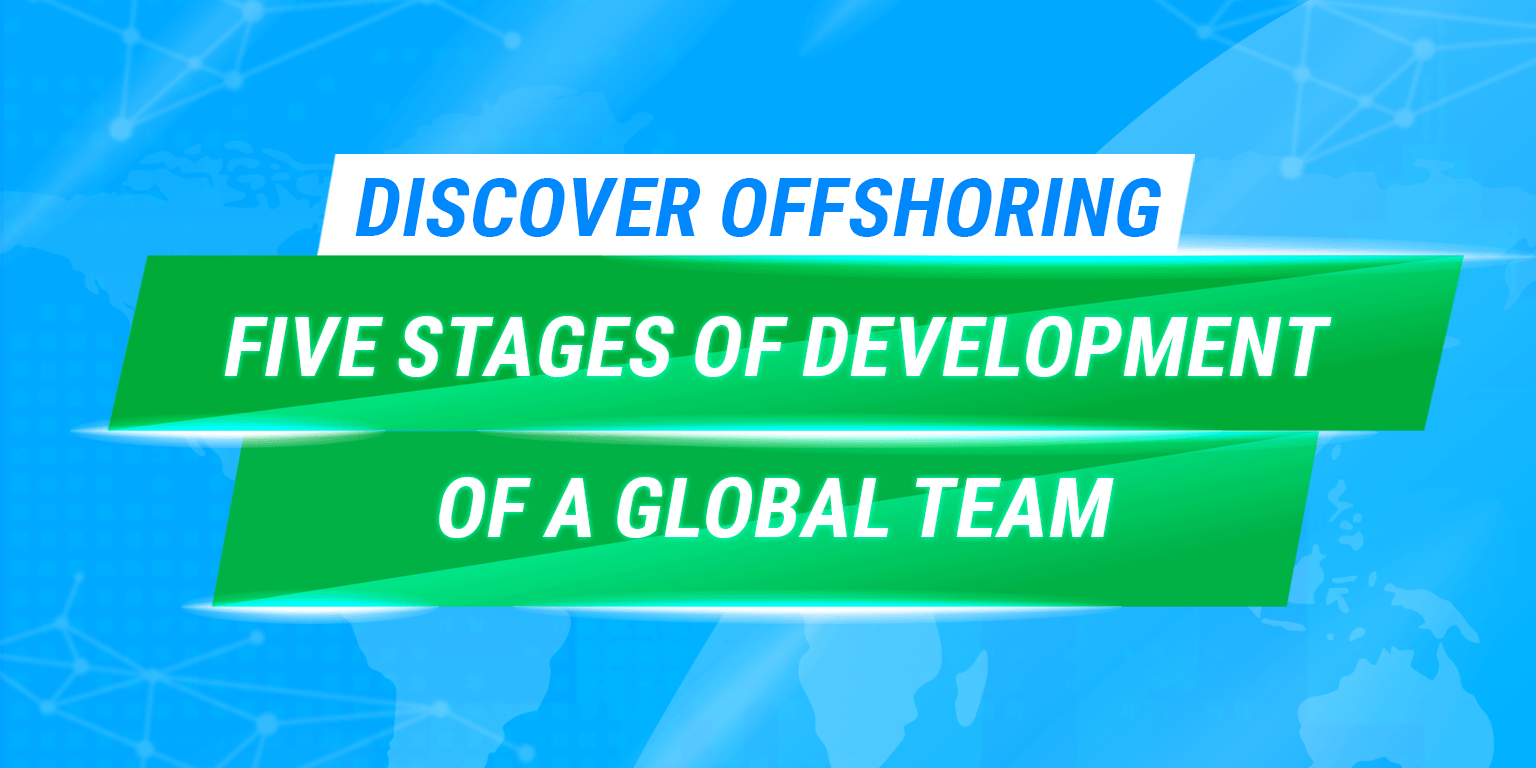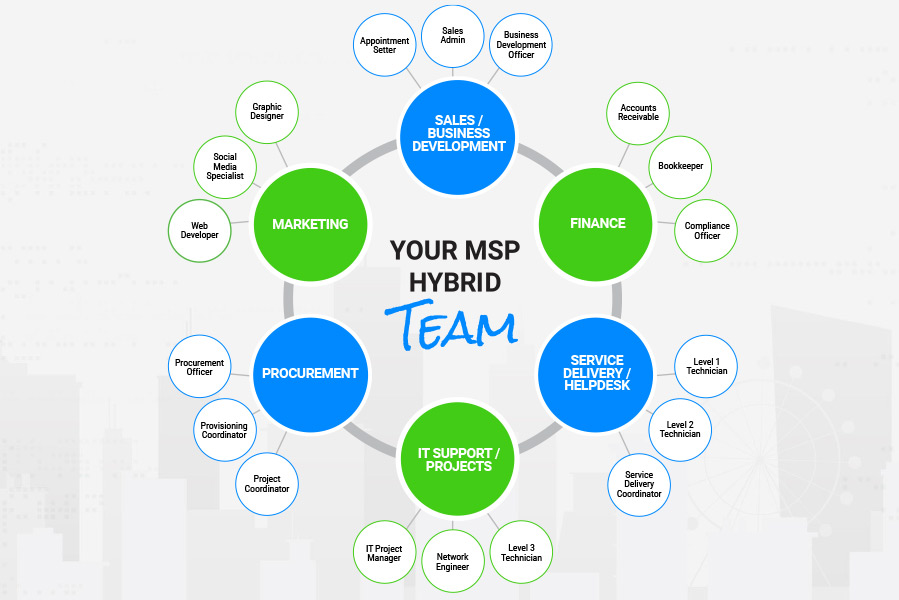Now that you have built a global team, the next step is getting them up and running on your company projects.
Especially with newly formed teams or including new members into a team, they undergo different stages before they reach the ideal level of collaboration, efficiency and effectiveness.
Getting them to that team level of optimal performance will mean understanding the different stages and setting expectations for each one so they can graduate to the performing stage faster.
What the Five Stages are and their applications to a Global Team
Using Bruce Tuckman’s framework for team development, team development goes through five stages: Forming, Storming, Normalizing, Performing, and Adjourning.
Each stage explains how the team matures and performs.
Stage 1: Forming
This stage is when the team or new members of the team meet for the first time. At this point, they are in a “get to know” phase and figuring out how each member fits into the project.
The overall feeling or emotions at this stage is positive, but at the same time, a bit of anxiety whether they will measure up to the expectations.
What is Key at this point
The key activity at this point is to immediately build trust among team members. With a global team, the project manager or lead needs to provide the mission, team structure, direction, what each role is for, and goals.
Providing guidelines for the team processes, setting expectations, and how one can communicate (and at what time if working in different time zones) with each other will help you get through the next stage faster.
For teams working with different cultures, it would be good for the team members to get a culture briefing to reduce misunderstandings.
Stage 2: Storming
Despite how great your kick-off meeting was, there will be rifts on how team members handle conflicts or tasks.
Nuances in culture or individual idiosyncrasies may come into play and contribute to misunderstandings that can slow down the progress in the team’s project.
What is Key at this point
For the project head, he or she may remind or redefine the objectives of the team. Depending on the situation, recalibrating the task into bite-size and achievable goals can help the team morale and trust.
In some cases, mediation and negotiation may take place at this stage. Managing one’s emotions is important in maintaining a good and professional relationship.
Stage 3: Norming
The fruits of resolving and controlling conflicts in the previous stage are seen at this stage. At this phase, team members have a better understanding of how each other works and may start to feel comfortable again.
With less conflicts, production is higher.
What is Key at this point
This is the opportune stage where one documents the procedures for decision-making and changes in the processes. This could be a learning point for those who will take on the project (if there is a hand-off) or when working the team members in another similar project.
Stage 4: Performing
This is the ideal stage where the team is collaborating at a peak level. This stage is where they are more confident, discussing concerns openly and resolving it accordingly themselves without any tension.
This is when they start delivering the results.
What is Key at this point
Measuring the team performance and accomplishments is crucial if there are any gaps in the process so that it can be remedied quickly.
For key achievements, it is best to be celebrated and give recognition where it is due. This way, morale remains high (or higher).
Stage 5: Adjourning
When the project is completed, the team may be disbanded where members will be absorbed into other company projects.
Knowing that their team will be disbanded, there will be a mix of emotions. There may be a sense of elation for the accomplishments, yet a feeling of loss may take over.
What is Key at this point
Acknowledging (and accepting) the team will be dissolved may help the team refocus on completing and creating closure on the remaining tasks.
Doing a retrospection session can evaluate the processes that went on and see if they can be improved or applied to other projects. It is also a good learning point for them to know how to work in a global environment.
Lastly, having a closing celebration and giving out kudos where it is needed is needed for the team members can have closure.
Did you enjoy these tips? Have a conversation with us and let the Team show how easy it is to get started in building and developing a global team.











